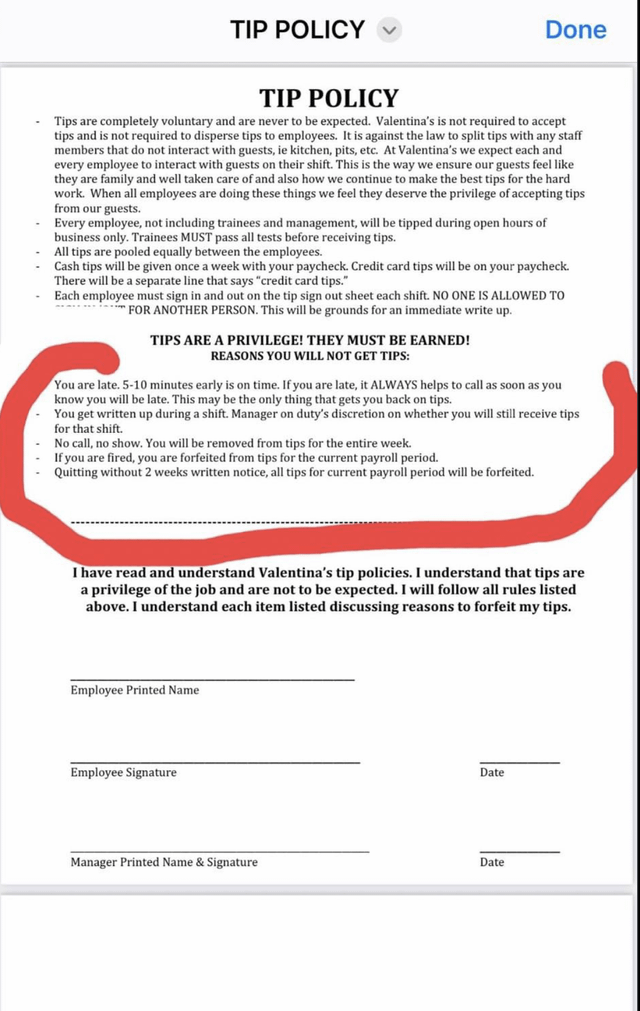Okay, here’s my attempt at a blog post based on your instructions. The title is “balentina”, and I’ll share my experience from start to finish, focusing on the practical steps and my personal journey.

Alright folks, let’s talk about “balentina”. No fancy intro, just straight to the point. I was tasked with figuring this thing out, and let me tell you, it was a ride.
It all started with the setup. First, I cloned the repo, you know, the usual git clone stuff. Then came the dependencies. Oh man, the dependencies! I swear, every project has its own special way of making you suffer through dependency hell. I ran the install command and watched the errors fly by. Turns out, I was missing some crucial libraries. After a bit of digging (and a lot of Stack Overflow), I finally got everything installed and the project actually built!
Next up was the configuration. This thing had more config files than I’ve had hot dinners. I spent a good chunk of time just trying to understand what each setting did. Trial and error was my best friend here. I’d change something, run the thing, see if it broke, and then try something else. Eventually, I managed to get it configured to a point where it would at least start without crashing immediately.
Then came the real fun: testing. I started with some basic unit tests, just to make sure the core functionality was working as expected. And of course, it wasn’t. I spent a whole day debugging one particularly nasty issue, only to find out it was a typo in one of the config files (facepalm). But hey, that’s how you learn, right?
After the unit tests, I moved on to integration tests. This involved setting up a test environment that closely resembled the production environment. Which, of course, was easier said than done. I had to wrangle with Docker containers, databases, and all sorts of other fun stuff. But eventually, I got it all working, and the integration tests started passing.

Now, the final step: deployment. We used a CI/CD pipeline, so the deployment process was mostly automated. But of course, things still managed to go wrong. I had to tweak some of the deployment scripts, fix a few more bugs, and finally, after a few nervous hours, the thing was deployed to production. And it actually worked!
So, that’s my “balentina” journey. It was tough, it was frustrating, but it was also incredibly rewarding. I learned a ton of new stuff, and I feel like I’m a much better developer because of it.
- Clone the repo
- Install dependencies
- Configure the application
- Run unit tests
- Set up integration tests
- Deploy to production
If you’re tackling a similar project, my advice would be to be patient, don’t be afraid to ask for help, and never give up. You got this!
